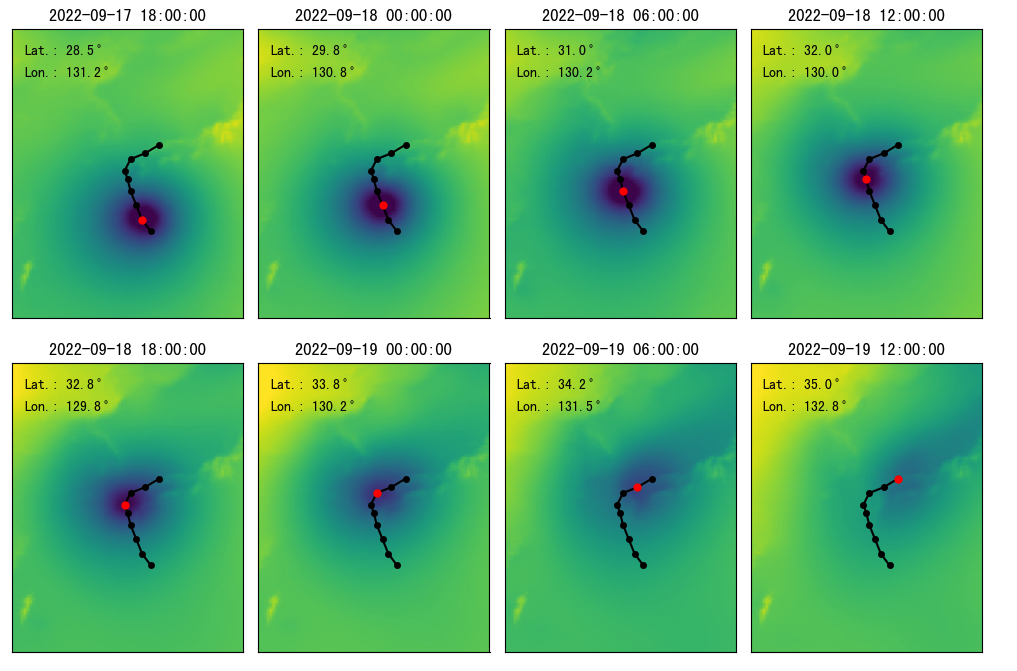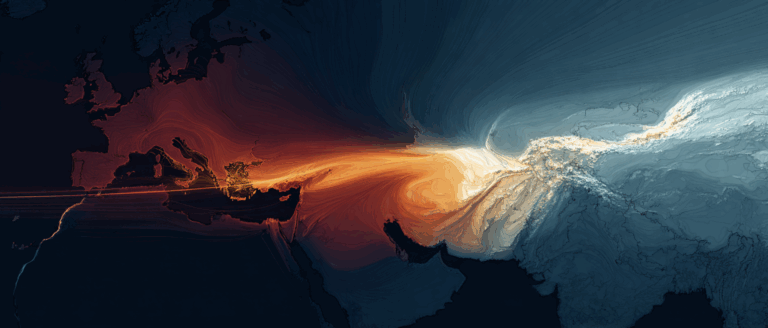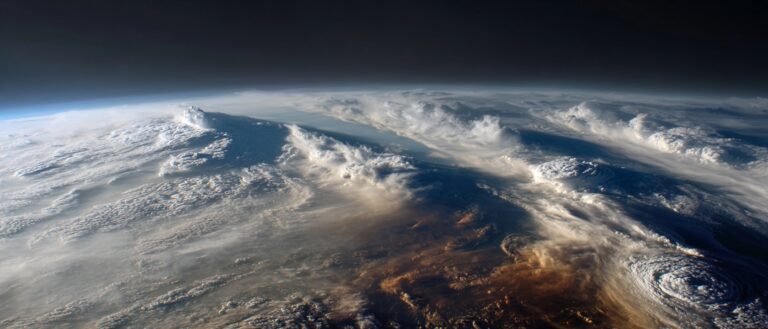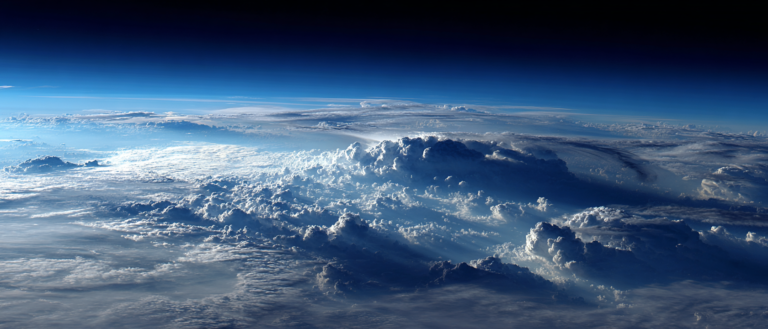Tutorial Included: Microsoft Aurora's Computing Speed Has Increased by 5,000 Times, and It Can Predict Extreme weather/air quality/ocean waves/cyclone Paths, etc.

With global climate change and frequent natural disasters, accurate and reliable Earth system predictions are essential to mitigate the impact of disasters and support the progress of human society. Although traditional numerical models are powerful, they are extremely computationally expensive, limiting their widespread application. In recent years, artificial intelligence has shown great potential in the field of environmental prediction, especially in improving prediction performance and efficiency. However, the potential of AI in several key areas of the Earth system remains unexplored.
To meet this challenge,Microsoft Research and its collaborators have unveiled Aurora, the first large-scale atmospheric foundational model.Pre-trained on over a million hours of diverse geophysical data and fine-tuned on multiple specific tasks,Achieve accurate predictions of multiple Earth system variables including air quality, ocean waves, tropical cyclone tracks and high-resolution weather.While significantly reducing computing costs, it exceeds the performance of existing operating systems and promotes widespread access to high-quality climate and weather information.Compared to the most advanced integrated forecast system IFS, Aurora's calculation speed is about 5,000 times faster.
The following are the specific research results achieved by Aurora in different fields:
* In air quality forecasting, Aurora outperformed resource-intensive numerical atmospheric chemistry simulations at 0.4° resolution in a 5-day global air pollution forecast, outperforming the 74% target;
* In the field of ocean wave prediction, Aurora surpassed expensive numerical models in the 10-day global ocean wave forecast at 0.25° resolution on the 86% target;
* For the 5-day tropical cyclone track forecast, Aurora surpassed seven operational forecasting centers across the board, achieving a 100% surpass rate for all targets for the first time;
* In 10-day global weather forecasts, Aurora outperforms state-of-the-art numerical models on the 92% target at 0.1° resolution, while also improving forecast performance for extreme events.
In terms of data sets,Aurora covers a wide range of geophysical data, including forecasts, analyses, reanalysis and climate simulations.These data have different resolutions, variables and pressure layers, providing a rich source of information for the model. In the preprocessing stage, the data are uniformly converted into standardized three-dimensional graphics for input into the model.
In terms of model structure,Aurora uses a 3D Swin Transformer architecture combined with a 3D Perceiver encoder and decoder.The model consists of three parts: encoder, processor and decoder. The encoder converts heterogeneous input into a universal 3D potential representation, the processor realizes forward evolution in time through 3D Swin Transformer, and the decoder converts the potential representation back to physical prediction.
The related research paper, titled "A foundation model for the Earth system", has been published in Nature.
Paper address:
https://hyper.ai/cn/papers/s41586-025-09005-y
In order to help readers experience the powerful capabilities of Aurora more intuitively,The "Aurora Large-Scale Atmosphere Basic Model Demo" is now available in the "Tutorials" section of HyperAI's official website.Contains different model examples in multiple fields such as environmental governance and public health, earth science, atmospheric prediction, etc. Come and experience it!
* Tutorial address:https://go.hyper.ai/J9hl5
We have also prepared surprise benefits for new registered users. Use the invitation code "Aurora" to register on the OpenBayes platform to get 4 hours of free use of RTX A6000 (the resource is valid for 1 month). The quantity is limited, first come first served!
Demo Run
1. After entering the hyper.ai homepage, select the "Tutorials" page, select "Aurora Large-Scale Atmospheric Basic Model Demo", and click "Run this tutorial online".
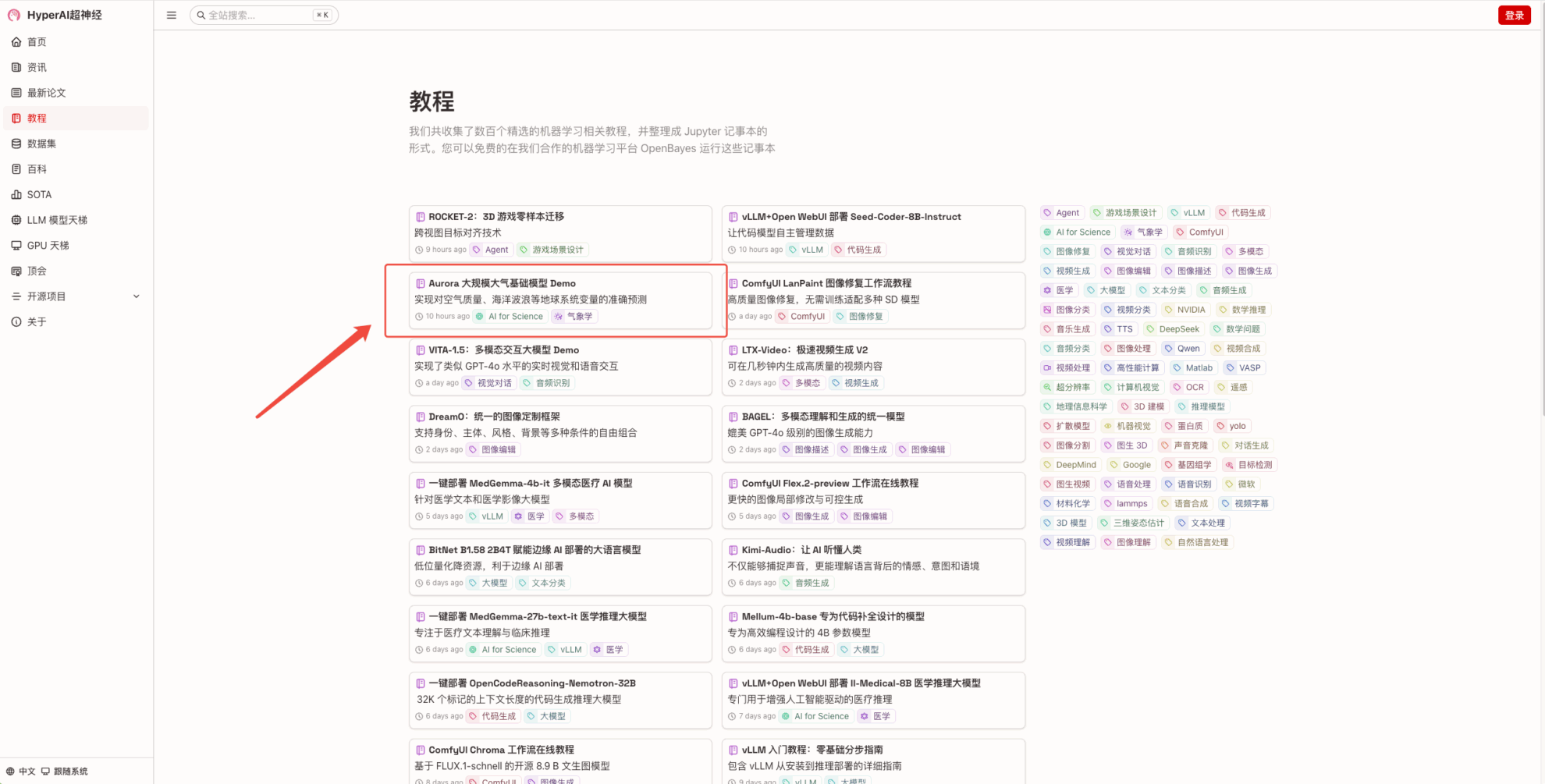
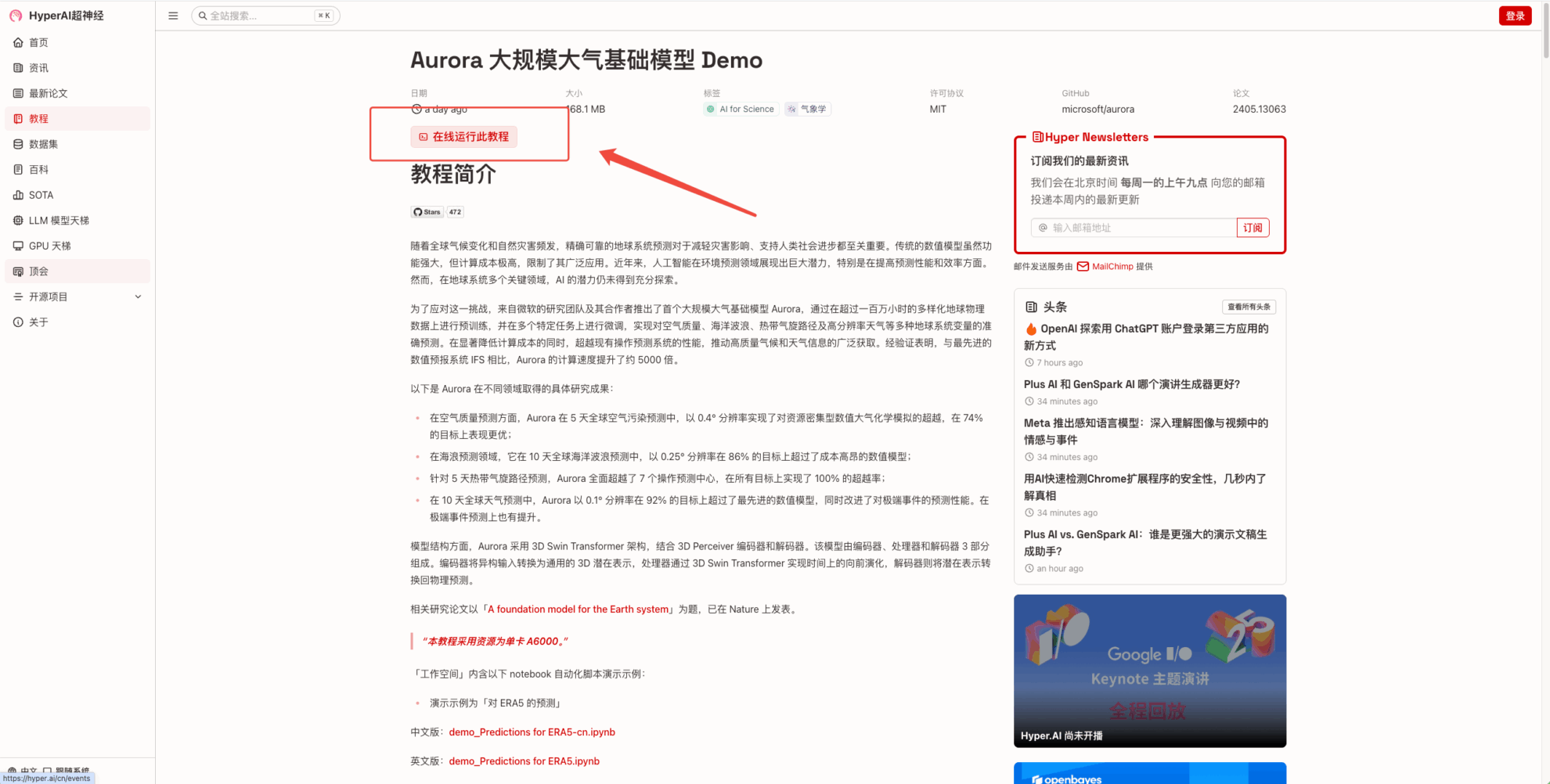
2. After the page jumps, click "Clone" in the upper right corner to clone the tutorial into your own container.
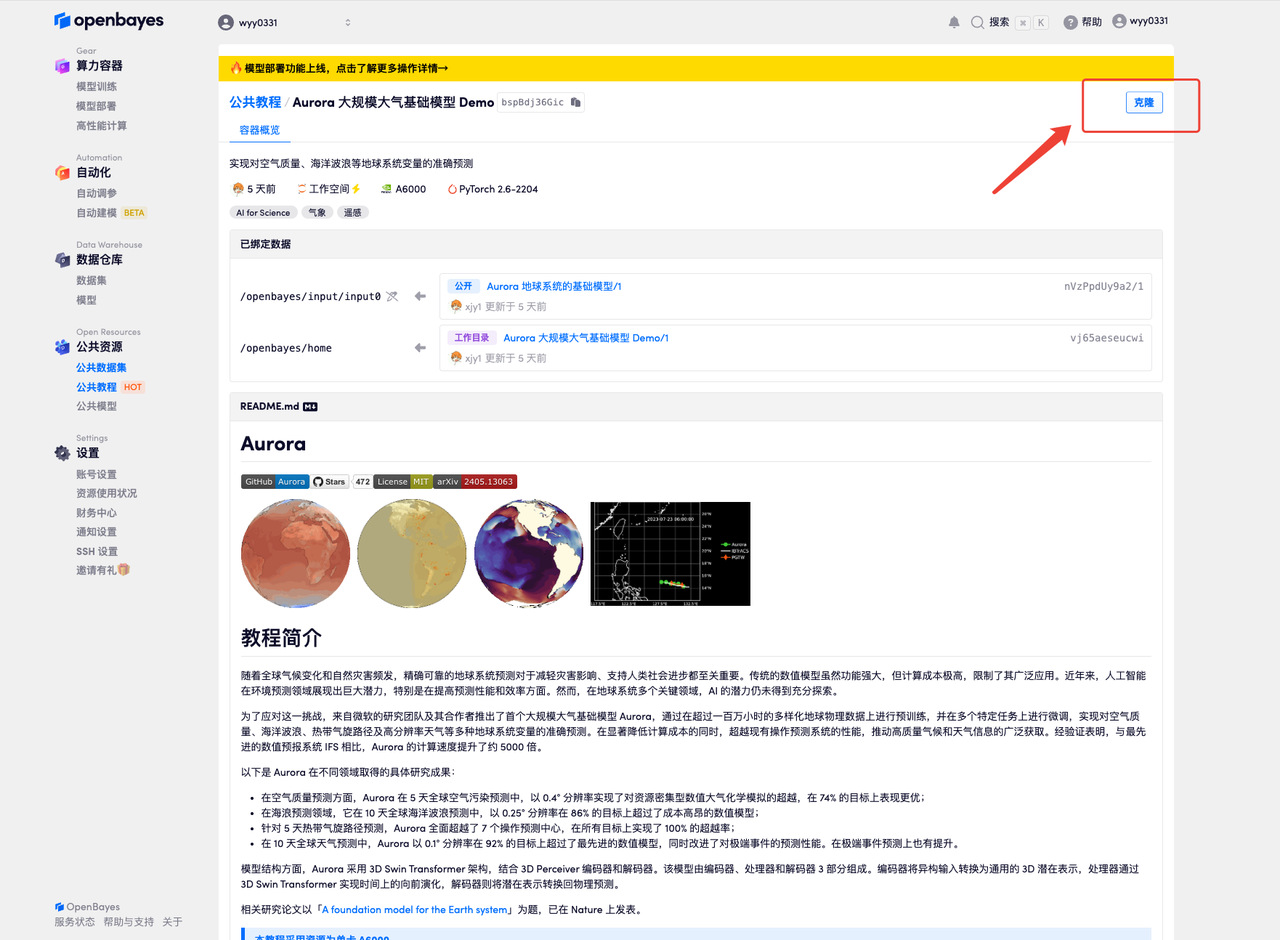
3. Select "NVIDIA A6000 48GB" and "PyTorch" images, and click "Continue". The OpenBayes platform provides 4 billing methods. You can choose "pay as you go" or "daily/weekly/monthly" according to your needs. New users can register using the invitation link below to get 4 hours of RTX 4090 + 5 hours of CPU free time!
HyperAI exclusive invitation link (copy and open in browser):
https://openbayes.com/console/signup?r=Ada0322_NR0n
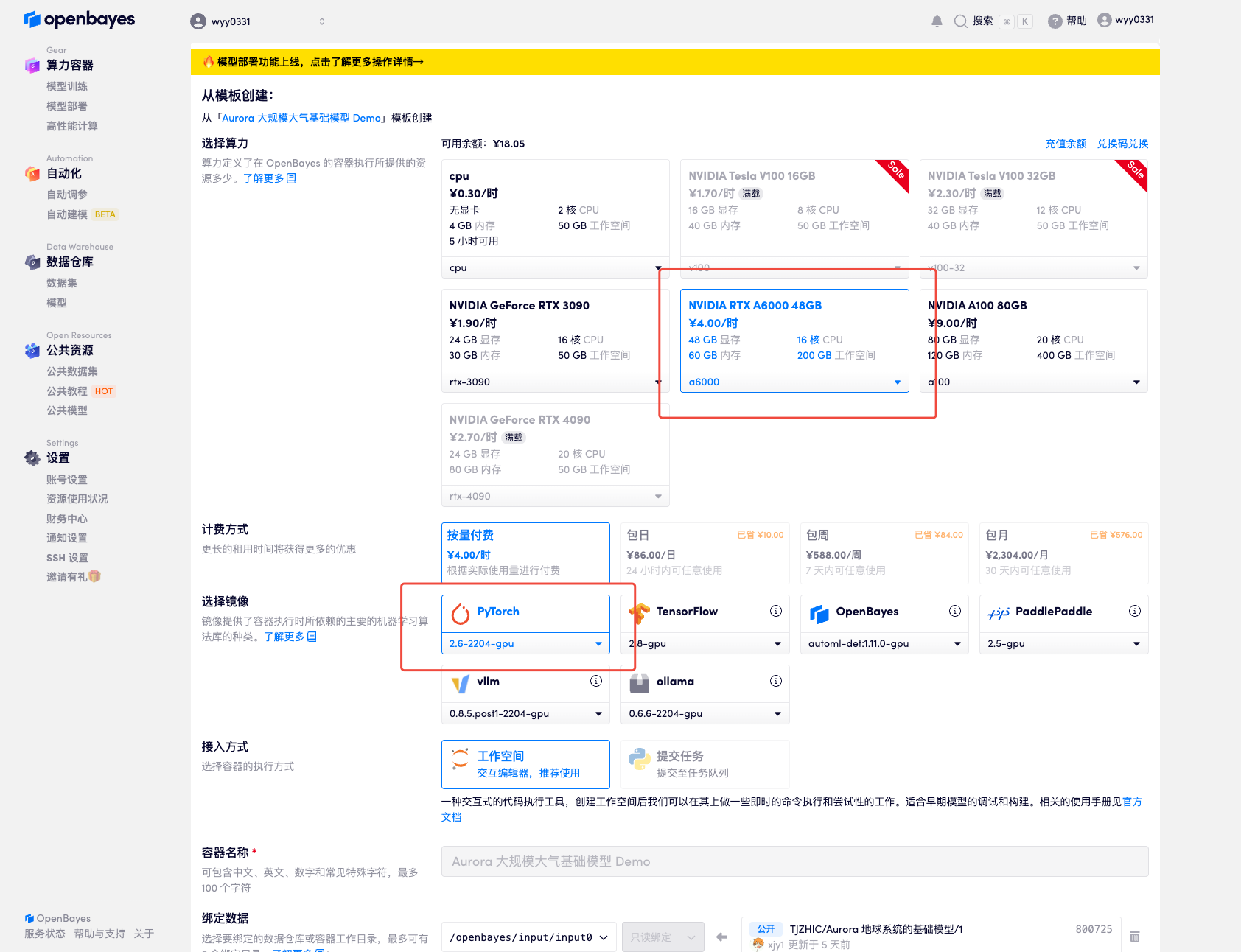
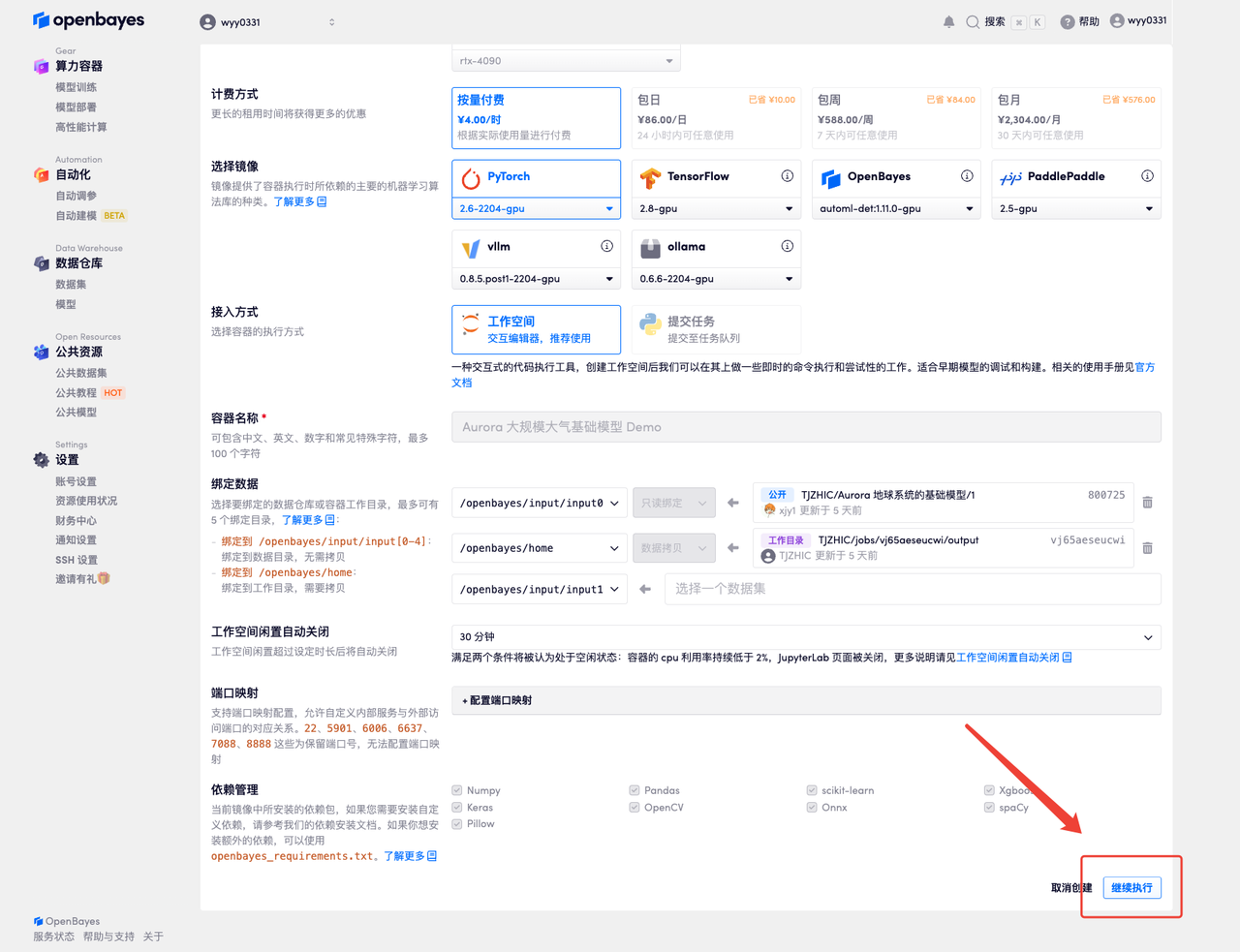
4. Wait for resources to be allocated. The first clone will take about 2 minutes. When the status changes to "Running", click "Workspace".
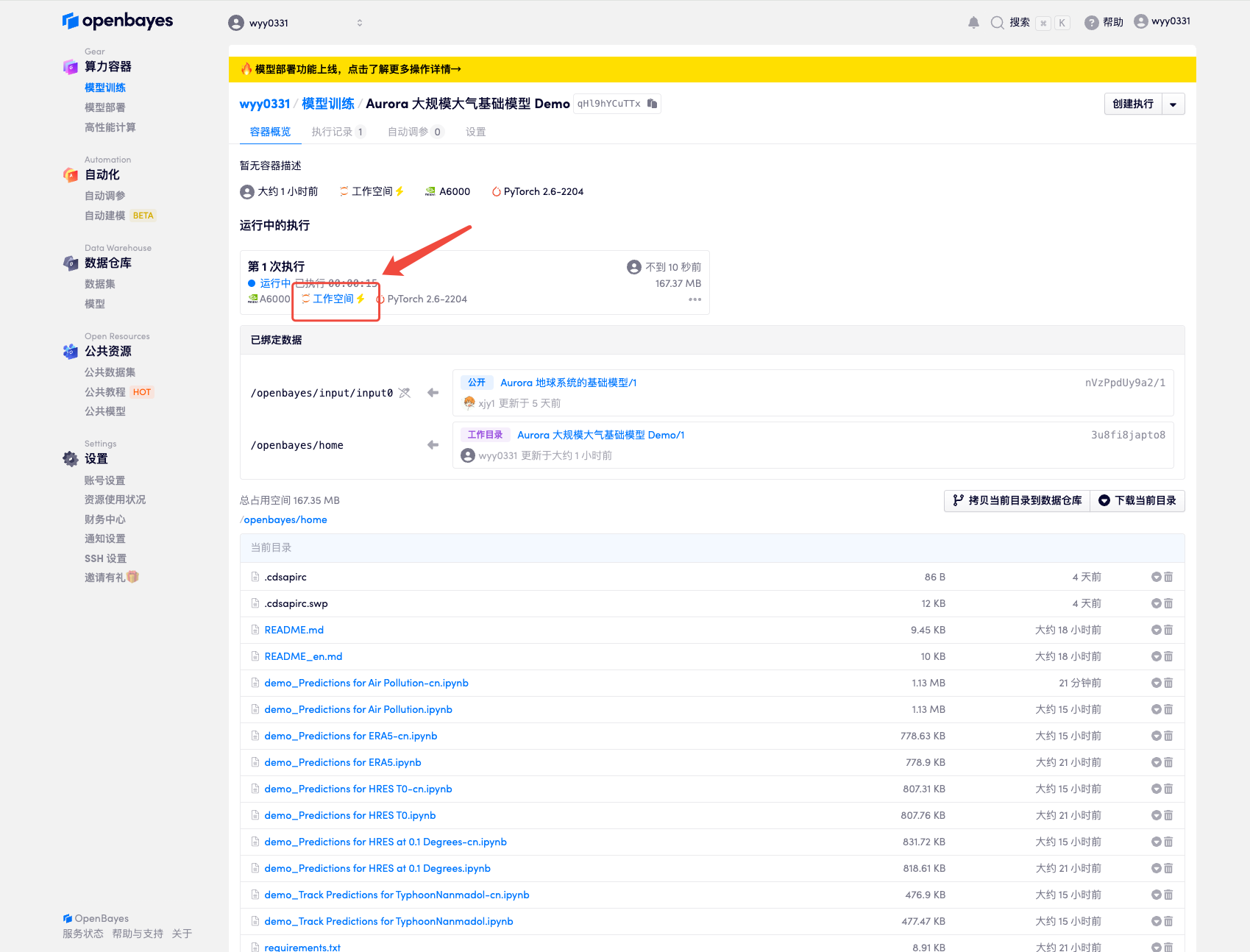
5. Double-click the project name in the directory bar on the left to start using it.

Effect Demonstration
Air quality forecast
The model uses the CAMS air quality data with a resolution of 0.4 degrees on June 11, 2022 as an example to run the Aurora air quality model. The prediction effect is shown in the figure below.
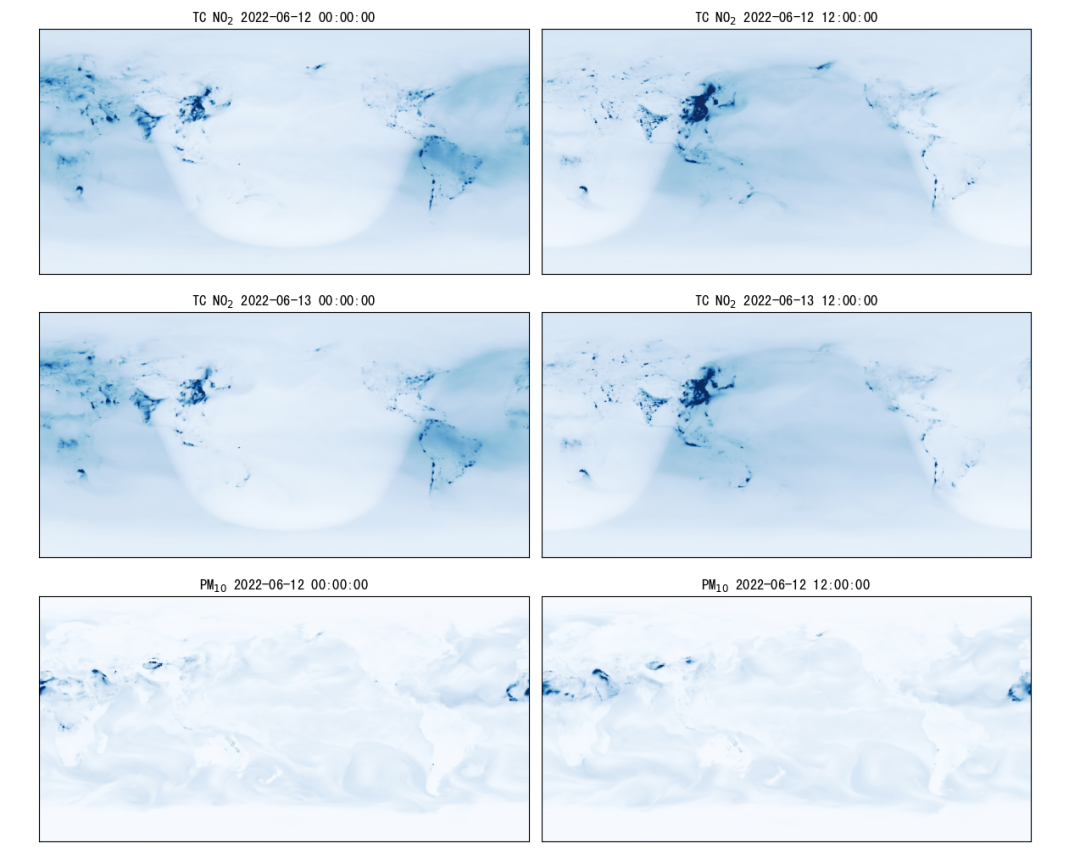
ERA5 prediction
The model was run on ERA5 data with a resolution of 0.25 degrees for January 1, 2023. The forecast results are shown in the figure below.
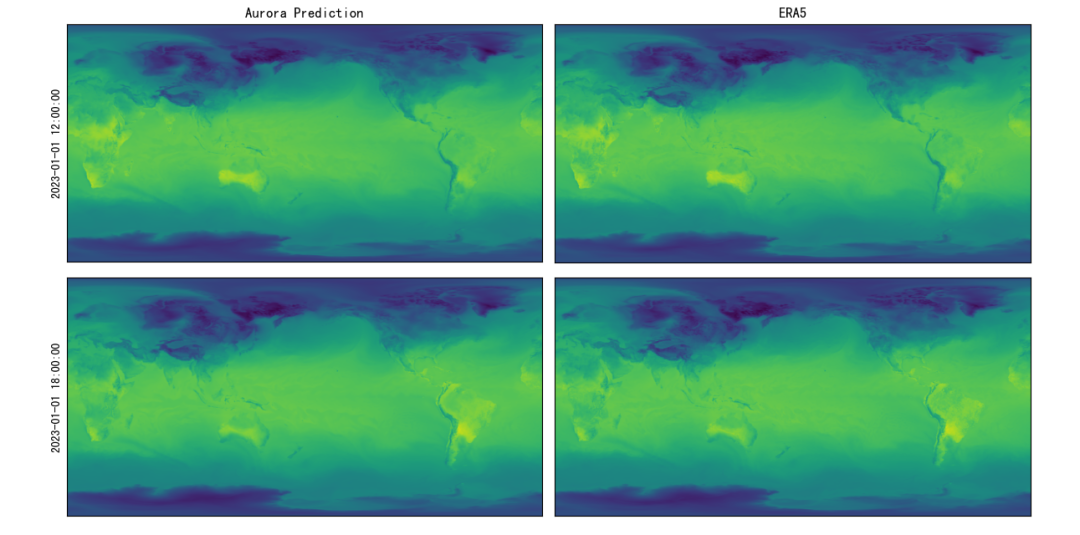
Aurora was run on the IFS HRES analysis data (0.1 degree resolution) for May 11, 2022. The forecast results are shown in the figure below.
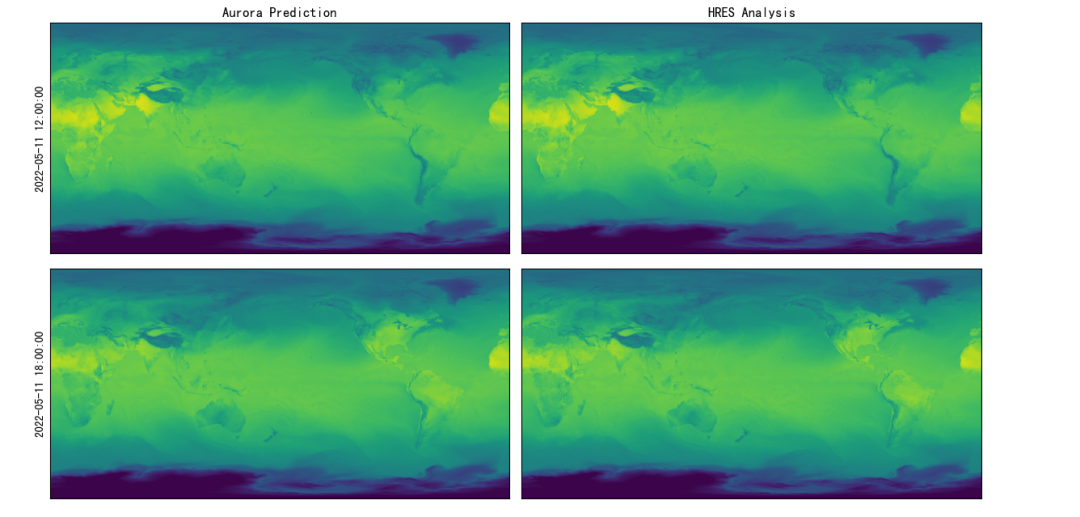
HRES T0 prediction
The model selected HRES T0 data on May 11, 2022, with a resolution of 0.25 degrees, and ran Aurora on this data. The prediction results are shown in the figure below.
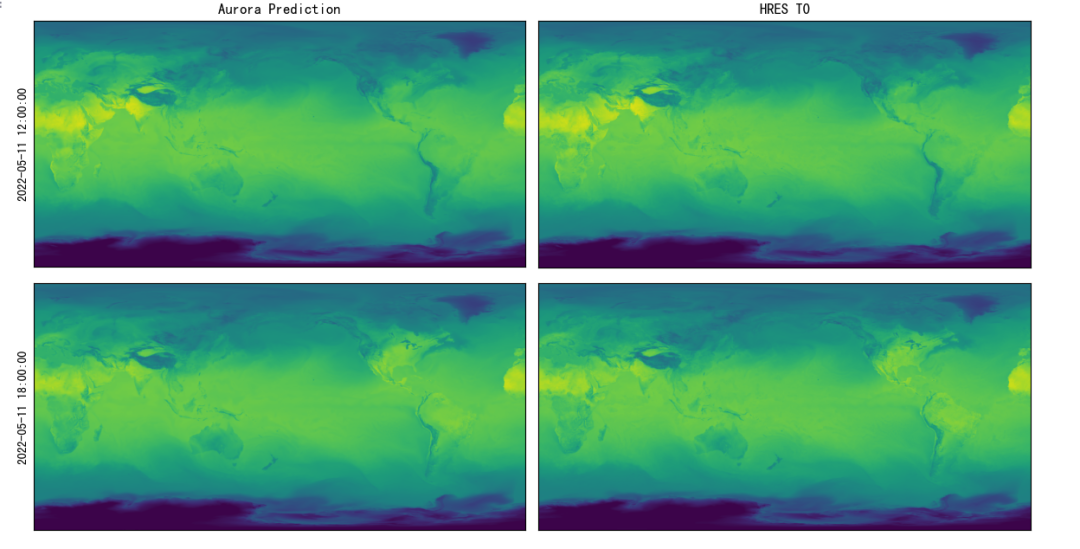
Track Typhoon Nanmadol's Forecast
When predicting the path of Typhoon Nanmadol, the model uses the HRES T0 data with a resolution of 0.25 degrees on September 17, 2022 as an example. The prediction results are shown below.
